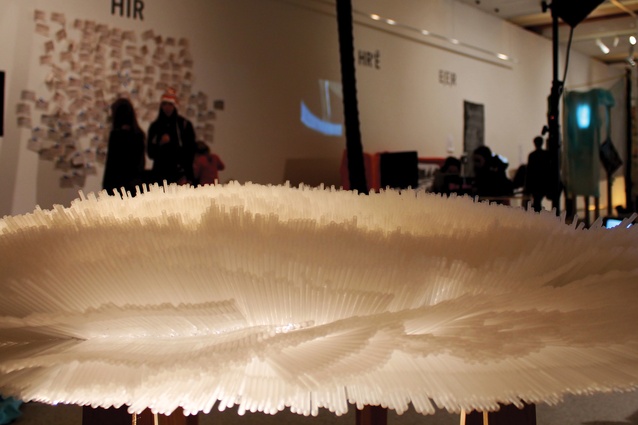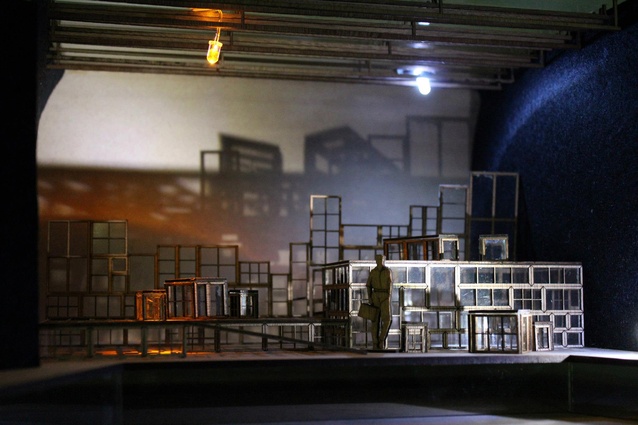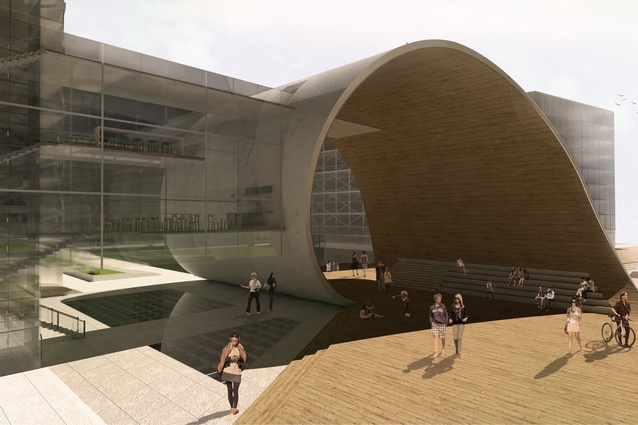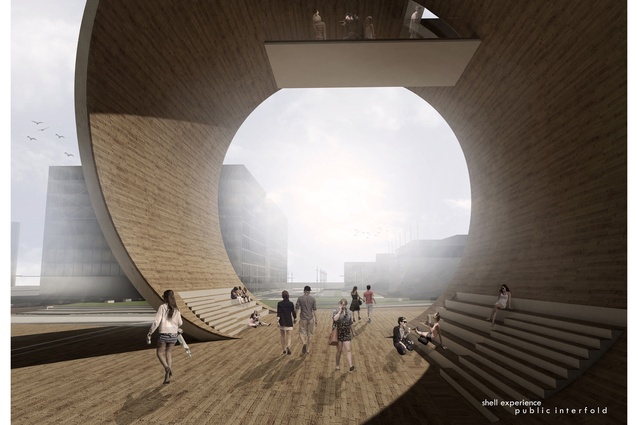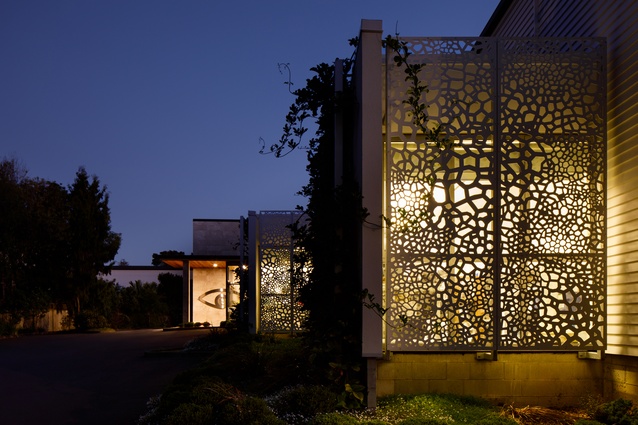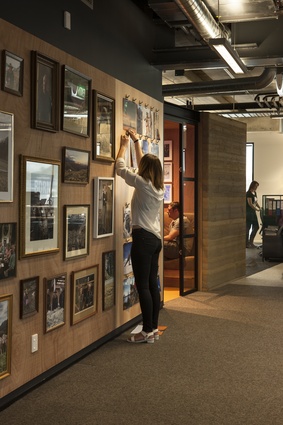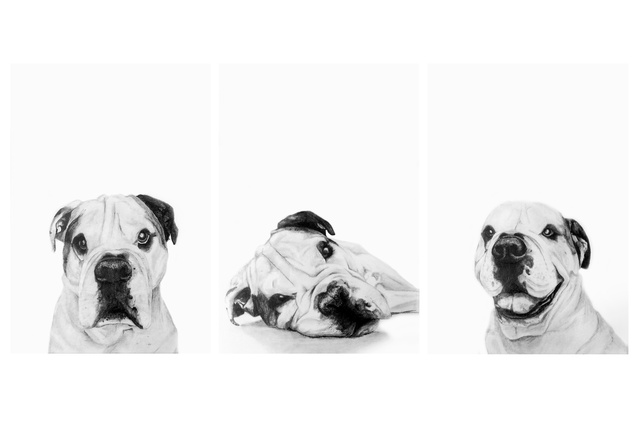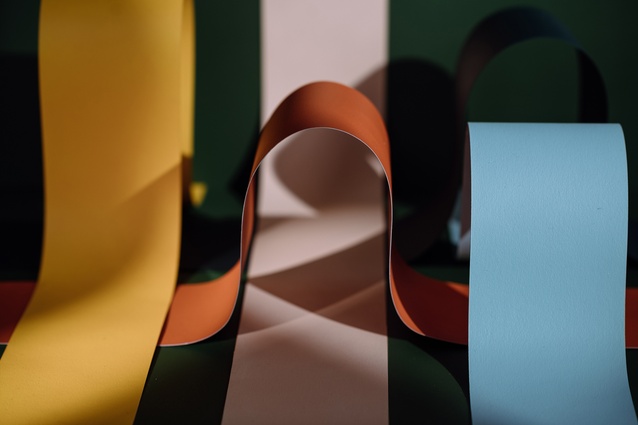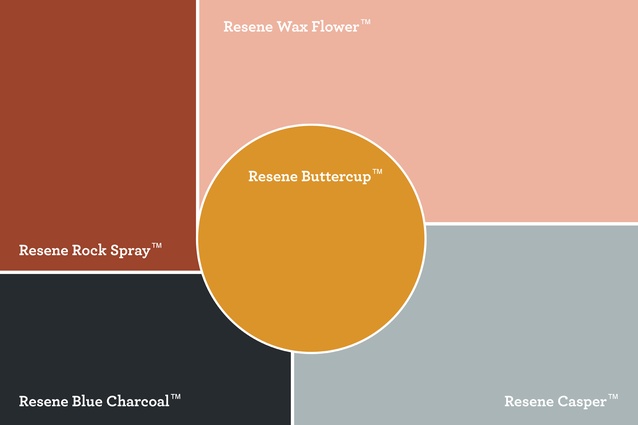On the Rise: Melanie Kassian
The ArchitectureNow On the Rise series, supported by Resene, focuses on up-and-coming young designers and architects from across New Zealand. For the ninth interview in the series, we talk to Melanie Kassian, an interior designer at Jasmax in Auckland.
Ashley Cusick (AC): Have you always wanted to pursue a creative career?
Melanie Kassian (MK): In high school, I was taking more creative subjects, like art and graphics. I knew then that I wanted to go into a career in design, but I had no idea what path I wanted to take. I looked at the spatial design degrees at both Massey and [Auckland University of Technology] because they were quite diverse and had a broad scope. I, very luckily, got a full scholarship to AUT, which kind of cemented that I would go there. Now I work on interior projects, but I’m proud to be a spatial designer because it’s more than the traditional interior space. I like how that has influenced my approach and where it could take me in the future.
AC: What kinds of design did you cover while studying at AUT?
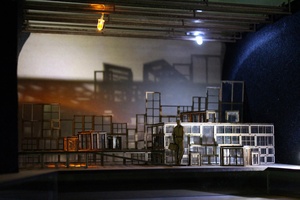
MK: I worked on a whole range of projects. The highlights for me were the more temporal projects for exhibitions and events. I was lucky to have an amazing tutor, Emily O’Hara. She was inspiring and is probably the reason why I’m so passionate about design today. She gave me, and other students, some amazing opportunities and projects to work on beyond our studio work. Working with another student, we did an installation for Art in the Dark and another installation for the fifth Auckland triennial at the Auckland Art Gallery. Together with Emily we designed and built a pop-up shop event for a clothing brand. We also helped out her friend who worked in theatre on a set design and worked behind the scenes for one of his productions. It was all a lot of fun!
AC: What pushed you towards interior design?
MK: I was one of three students offered an internship with Jasmax in the middle of my third year. Through that, I met Tim Hooson who was the lead of interiors at the time. After bumping into him a couple of other times, I learned more about the commercial side of interiors and the depth of thinking that went into the spaces. I became more interested in this part of the industry and decided to pursue my career at Jasmax in the commercial sector.
AC: Did you always think you’d work for a big commercial firm like Jasmax? Did you dream of getting an internship there?
MK: It was really coincidental – as I say, it was talking to Tim that opened things up for me. Now, having worked in this sector, I’m really grateful for the opportunity to work at this scale and on these types of projects, and I’m especially thankful for the thorough and human approach that Jasmax takes in delivering them.
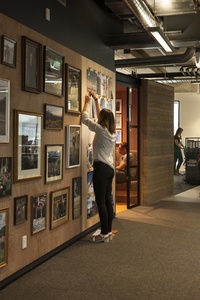
I don’t know if anybody ever really grows up thinking, “Hell yeah, I want to design offices.” And that’s not to belittle the work that we do in the workplace sector. In fact, it might be the reason I enjoy it so much.
Other commercial design sectors like hospitality, hotels and retail are quite innovative, design-led, and beautiful spaces with really exciting concepts being explored in them. Over the last five years working in workplace, I’ve seen the sector move more towards this design-led approach. It’s so cool being able to have a positive and creative influence in that space. I’m really grateful to Jasmax because I’ve managed to build an ever-growing toolbox that I will always be able to use in my career.
AC: What would you say influences your design process or the way you work? Where did those influences come from?
MK: As an interior designer, I think specifically about people. I take a lot from my own life experiences, what I’ve found missing from spaces and what I could do differently. My design philosophy is driven by the positive impact that spaces should have on the people that experience them and the way that spaces can connect people together to have a positive influence on their lives.
It was probably influenced originally through my study and working on the temporal, exhibition and event-type projects. People innately feel special in those spaces because it’s only there for a limited time and they get to be one of the people to experience it. Perhaps too, because of this temporal nature, they are more ‘in the moment’ with the people that they’re experiencing it with.
Workplace is quite a contrasting period of time to this, and I like the challenge of making those long-term experiences feel as engaging and special as the temporary ones. How can we make these spaces feel meaningful and help people make connections within them?
AC: Is there a project from your studies that was really special to you?
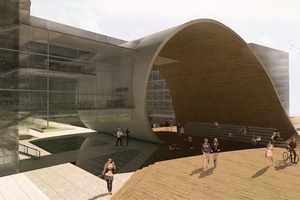
MK: My last project in third year became quite relevant to my work at Jasmax. I worked with Catherine Downs and we called it Public Interfold. We created a public intervention down in Wynyard Quarter that aimed to connect Westhaven through to the Viaduct and link in with existing proposed connections like the Daldy Street linear park.
Within the design for Public Interfold we were trying to make a space for people to come together. Given its adjacency to Silo Park and the plans to remove the silos from that area, we made it representative of a silo on its side and it kind of uncurled out towards both vistas that we were trying to connect. The specific site that we had chosen for the project included the site at 12 Madden Street, which is now GridAKL – a project completed last year that I was the lead designer for with Jasmax. The project made me much more connected to the 12 Madden site from the beginning.
AC: You’ve worked on both large office spaces, like GridAKL at 12 Madden Street, and smaller ones, like the Icebreaker head office. Do you take a similar approach to each kind of design?
MK: It’s not necessarily the scale of the project for me; I’m more driven by the scale of the idea. Every project I’ve worked on, I’ve met such passionate people that have amazing ideas. I like exploring ways that we can translate those ideas into the built environment and experiences for people.
The similarities would be in the process. I take a collaborative approach to design. Spaces aren’t experienced by one person, so I don’t think they should ever be designed in isolation. I get a lot of inspiration from clients and what their briefs are, and from this there’s two parts to my approach. First is the outcome that the client wants from the space; maybe it’s collaboration, innovation or other buzz words. Then secondly, from my understanding of the desired outcome and the client’s values, is creating the story.
That’s what we can influence as designers. Is there a story that we can use to take every design decision back to? Can we use that story to make sure that the design isn’t just what ‘looks good’? Each design decision should be something that is relevant to the client and project and unique to the story. With this, hopefully you can make the process really enjoyable and engaging for everyone.
For me, working with clients and their ambitions is what makes every project incredible. I feel like my style, and the value that I add as a designer, is how I think strategically about space and creating stories. In that sense, I don’t necessarily come into a project with a specific design aesthetic.
AC: What other creative outlets do you have in your life?
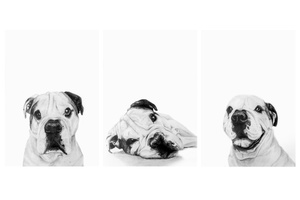
MK: Well, I started drawing portraits of dogs because I basically wanted an excuse to meet people’s pets. It started with my Aunty. She needed someone to look after her Bulldog-Labrador cross, Iwa, who is so cute! One day, I thought I might attempt drawing him. I’ve never really been good at drawing people so I thought, why not try dogs? The first one turned out really well so I made it a series of three, which I still have in my house and I love.
I love making things and using my hands. I used my hands quite a lot at university, building things, making things. When you get in to the workplace, you don’t really get the opportunity to build stuff anymore. Instead, you’re creating drawings that people make for you. So, having avenues where I get to do things myself is fun. That’s why I’m really excited for the renovations on our own house as well.
AC: What have you got planned for your new house so far?
MK: My partner is an architect so we both have big ambitions for it. As big as they can be when it’s a two-bedroom unit. We’ve removed a wall to make everything open plan and we want to make the space feel really inviting and almost like a bach. We love having friends and family around and want it to be a place that people can come and feel comfortable in. That’s what we want, but who knows how far the budget can get us.
AC: You also like to do speaking engagements and working with university students in your spare time. What motivates you to take on extra projects like that?
MK: I just love being a part of the design industry. Those extra things give me more opportunities to hear people’s ideas and have great conversations with people. If, from that, I can help students and give a different kind of perspective, that’s an added bonus. In a way, I’d like to try and inspire people to be a part of this industry because it is filled with creative people and some amazing opportunities.
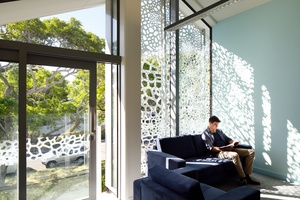
AC: Can you point to any challenges that you’ve faced in your career so far?
MK: There are challenges every single day. It can be anything from being resilient when people disagree with the aesthetic of a design that you’ve made. Maybe it’s having to change out a specification that you were excited about – and not letting yourself feel like its the end of the world! All those things feel like massive challenges at the time. While you face challenges every day, what’s interesting about being a creative person is that you come up with random, weird ways to overcome them. The field is so diverse, and the learning never stops!
AC: What advice would you give to anyone currently studying design?
MK: Don’t be afraid to take your ideas out wide. That’s something that you should explore at university because you’ve got no constraints. Just have fun with it.
I’m not sure if this is just specific to the spatial design course but, try to have your big idea by about mid-semester and then spend time exploring how you can translate that into the experience of the space and the detail within it. Having the big idea is one thing, but the way you translate it into what people can interact with can be a really fun and creative outlet.
Also, while you’re at university, take any opportunity that comes your way because you don’t know where it could lead. It’s always good when you’re trying to apply for jobs if you have an array of things that not only showcase your skills but also your ambition.
AC: Do you have any dream projects or jobs?
MK: In terms of a specific dream project or job, I honestly don’t know yet. I don’t feel like I’m on a linear path leading towards one point. Looking ahead to what opportunities may arise, I hope to work on projects, and with clients, that align with my values. This would include a strong connection to people and the user experience. Keeping in mind that focus on people and after my work with GridAKL, I would love for that to include more engagement with community and social enterprise. Whether that can be fulfilled in my job or I look into opportunities to engage beyond my 9-5, I am not sure yet.
AC: As part of the On the Rise series, we ask participants to create a moodboard using Resene colours. Tell us about your moodboard and the colours you chose.

MK: My mood board is an exploration of the three dimensionalities of colour and the way light and shadow interact to create layers of space. In the built environment, we never experience colours or materials in the flat way that traditional ‘mood boards’ are pulled together, so I wanted to play with this.
Perhaps it’s a bit left field, but I like the idea of the curation of this as an art piece that could be interpreted as a spatial experience that people can imagine exploring or wandering through. The colours are inspired by my love for mid-century design, and they aim to balance vibrancy with earthy tones.
AC: Finally, what are five things you can’t live without during your workday?
MK: First and foremost, I need to be around people. Whether it’s an awesome team, a client or contractors, that’s what keeps me motivated. I don’t do well in isolation. Second, I need to laugh. Our awesome team coordinator, Cheyenne, has a lolly jar that I visit too frequently, that’s third. Four is functioning technology. I’m not sure it’s always technology’s fault, but if it’s working for me that day, I’m definitely more productive (and happy). Lastly, my messy desk, which always seems to have everything I need. It’s like a Mary Poppins bag.
Catch up on all the previous On the Rise interviews: 1. Haley Hooper, 2. Geordie Shaw, 3. Maria Chen, 4. Ed Dromgool, 5. Beth Cameron, 6. Te Ari Prendergast, 7. Raphaela Rose and 8. Natalie Bradburn.



